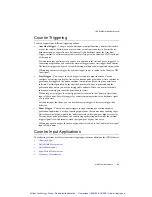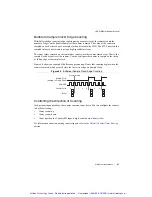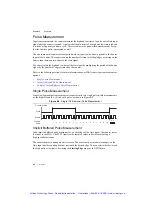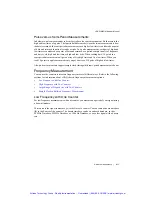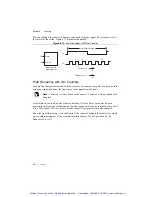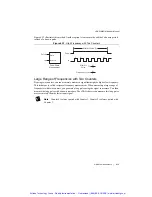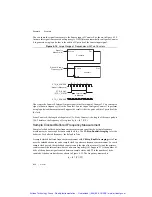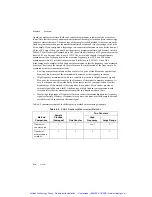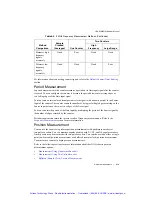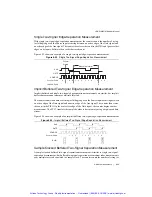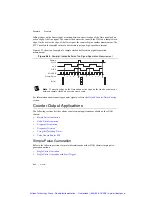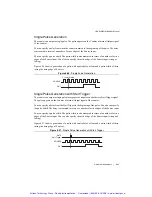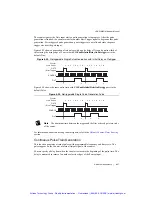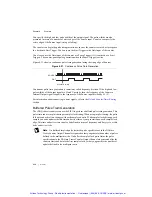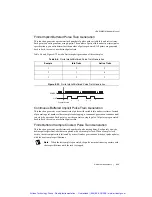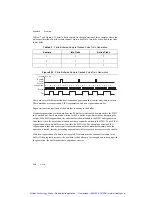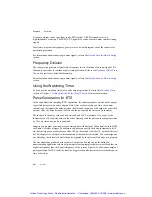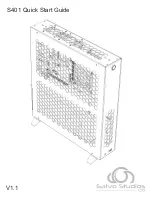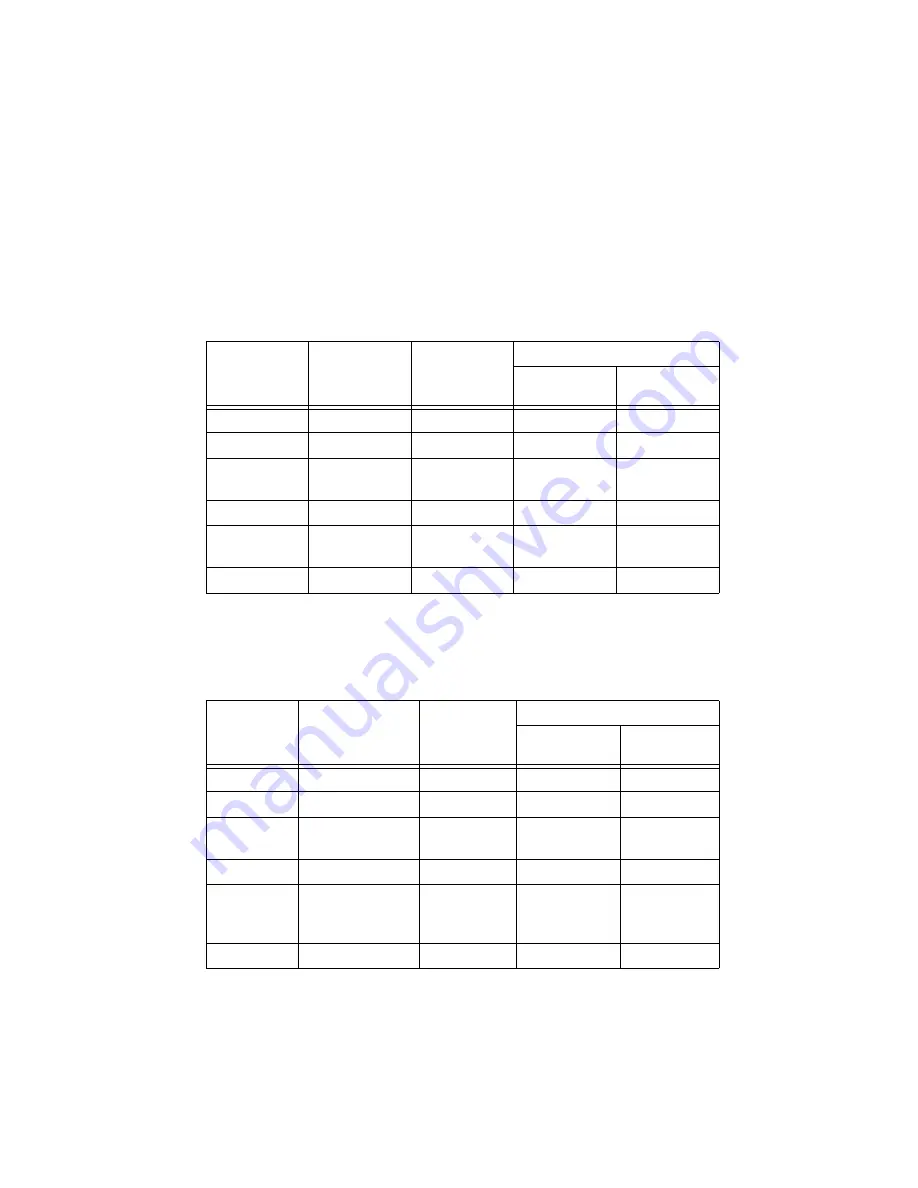
© National Instruments
|
6-17
cDAQ-9185/9189 User Manual
Which Method Is Best?
This depends on the frequency to be measured, the rate at which you want to monitor the
frequency and the accuracy you desire. Take for example, measuring a 50 kHz signal. Assuming
that the measurement times for the sample clocked (with averaging) and two counter frequency
measurements are configured the same, Table 6-3 summarizes the results.
From this, you can see that while the measurement time for one counter is shorter, the accuracy
is best in the sample clocked and two counter large range measurements. For another example,
Table 6-4 shows the results for 5 MHz.
Table 6-3.
50 kHz Frequency Measurement Methods
Variable
Sample
Clocked
One Counter
Two Counters
High
Frequency
Large Range
fx
50,000
50,000
50,000
50,000
fk
80 M
80 M
1,000
80 M
Measurement
time
(
mS
)
1
.02
1
1
N
—
—
—
50
Max. frequency
error (Hz)
.638
31.27
1,000
.625
Max. error %
.00128
.0625
2
.00125
Table 6-4.
5 MHz Frequency Measurement Methods
Variable
Sample Clocked
One Counter
Two Counters
High
Frequency
Large Range
fx
5 M
5 M
5 M
5 M
fk
80 M
80 M
1,000
80 M
Measurement
time
(
mS
)
1
.0002
1
1
N
—
—
—
5,000
Max.
Frequency
error (Hz)
62.51
333 k
1,000
62.50
Max. Error %
.00125
6.67
.02
.00125
Artisan Technology Group - Quality Instrumentation ... Guaranteed | (888) 88-SOURCE | www.artisantg.com

